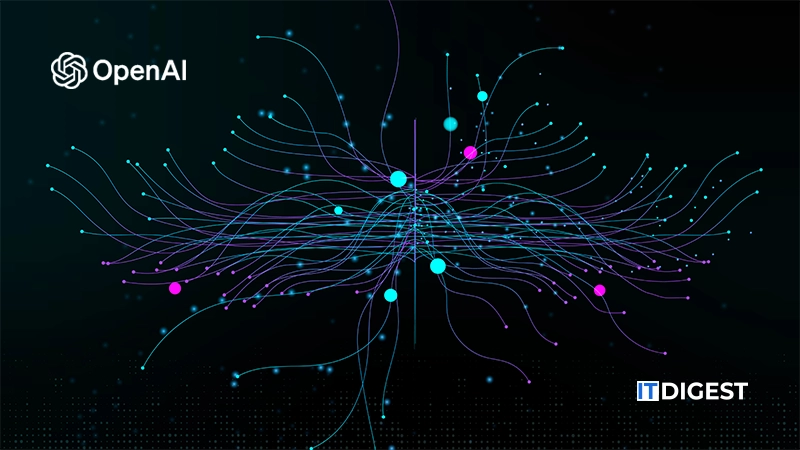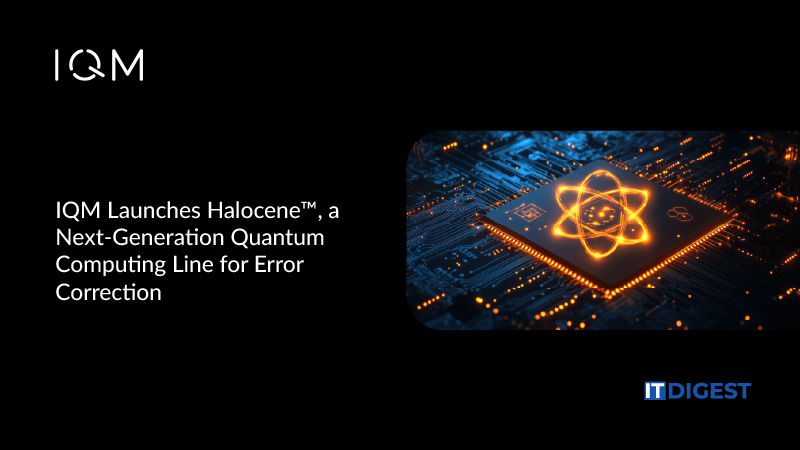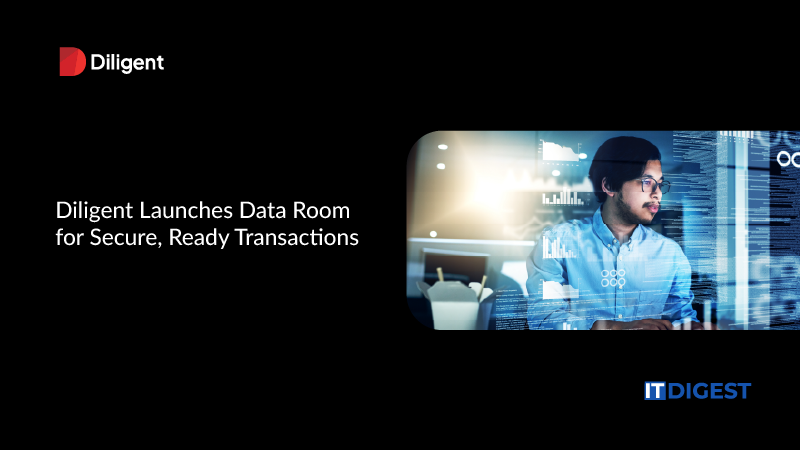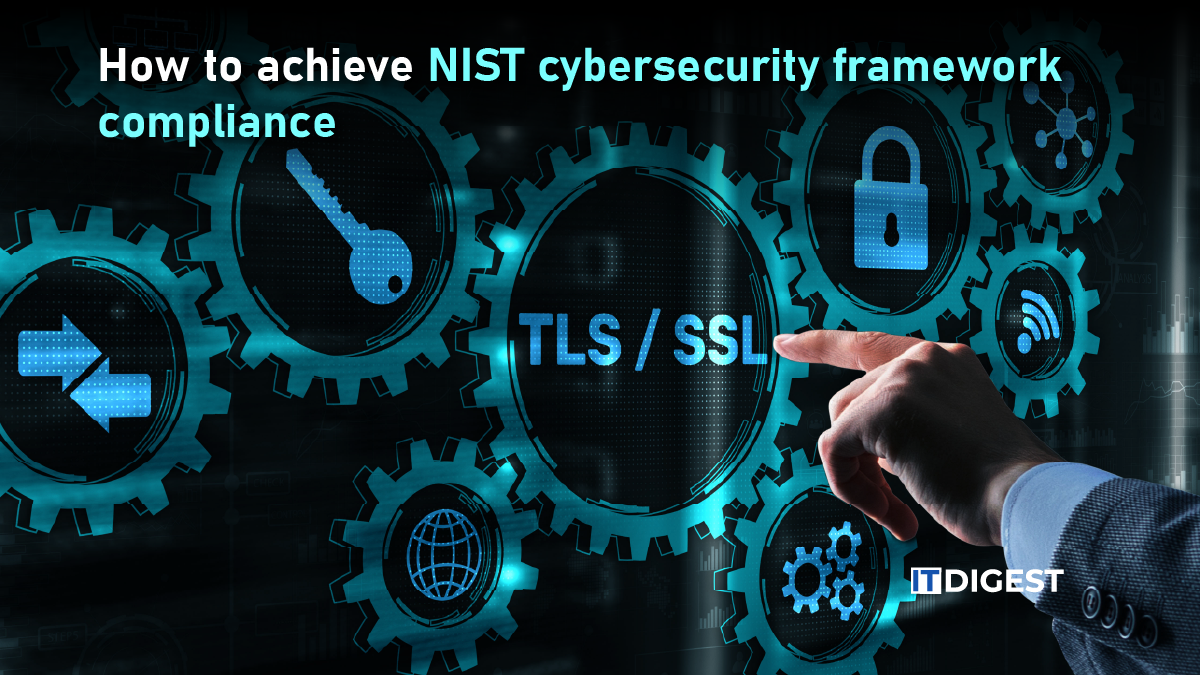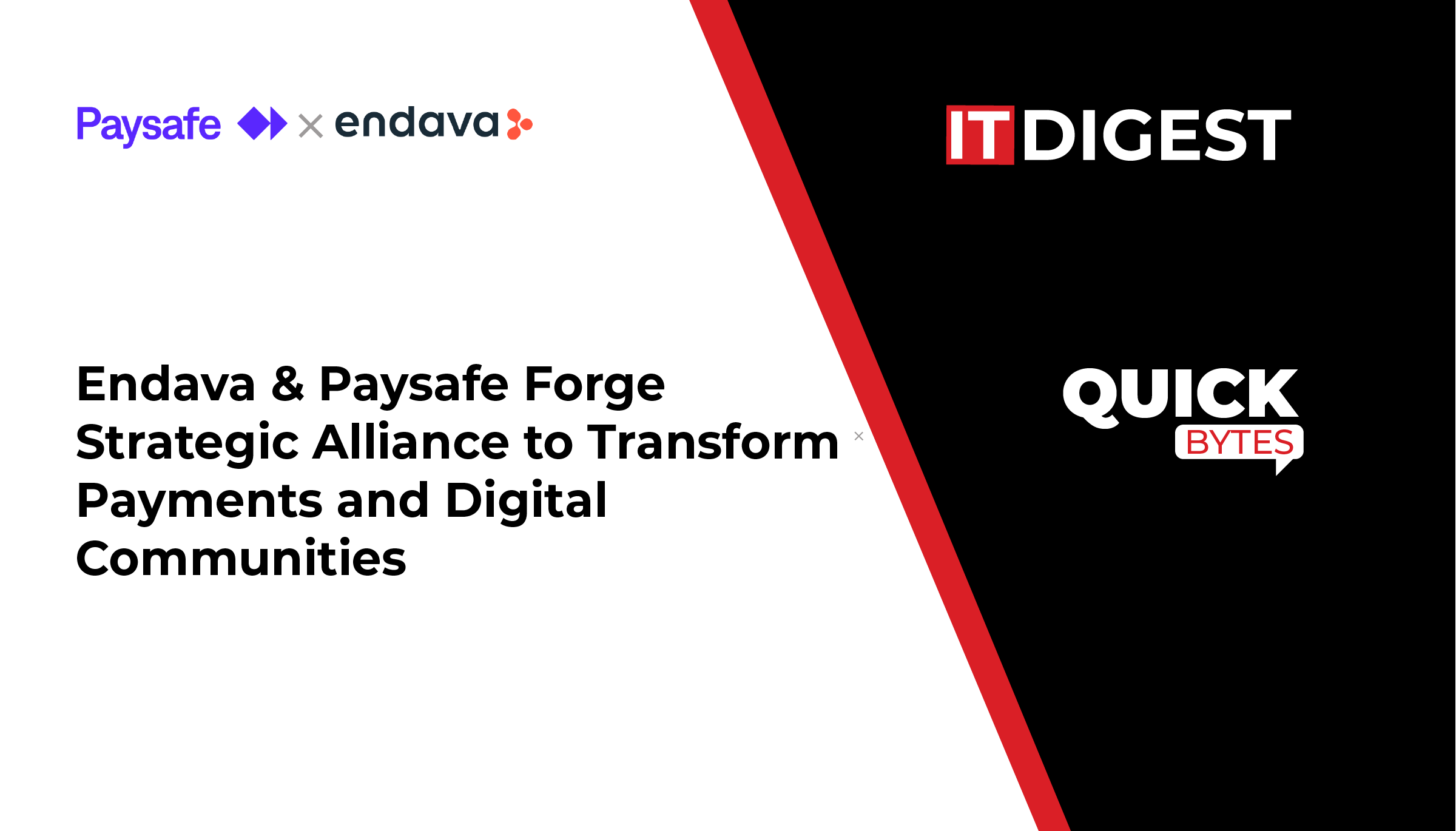Actian, the data division of HCLSoftware, announced the launch of Actian Data Observability, a cutting-edge solution leveraging artificial intelligence (AI) and machine learning (ML) to deliver real-time data quality monitoring, anomaly detection, and resolution. This advanced observability tool helps enterprises enhance data reliability, boost AI initiatives, accelerate innovation, and minimize risks.
Addressing Challenges in Data Quality Monitoring
As data volumes and velocities continue to grow exponentially, traditional data quality approaches often fall short, lacking real-time insights and scalability. Actian Data Observability overcomes these challenges by offering continuous, comprehensive monitoring across the entire data ecosystem. This proactive approach ensures that businesses can maintain high-quality data, critical for making informed decisions and driving AI projects.
According to Gartner®, the significance of data observability is rapidly increasing. The firm projects that “by 2026, 50% of enterprises implementing distributed data architectures will have adopted data observability tools to improve visibility into the health of their data landscape, up from less than 20% in 2024.”¹
Delivering Unmatched Data Visibility and Control
“Businesses rely on data to drive decisions, power AI initiatives, and meet regulatory demands, but too often they face unreliable data, hidden quality issues, and ever-increasing cloud costs,” said Emma McGrattan, Chief Technology Officer at Actian. “Actian Data Observability gives teams the visibility and confidence they need to trust their data, reduce risk, and control spend—turning data from a liability into a competitive advantage.”
Unlike traditional, reactive methods, Actian Data Observability employs AI-driven monitoring to execute thousands of data quality rules simultaneously across diverse data environments. The solution continuously evaluates crucial aspects like data freshness, volume, schema deviations, distribution patterns, and customized business rules. Moreover, ML-powered anomaly detection swiftly identifies outliers, inconsistencies, and unexpected trends, offering root cause analysis to expedite problem resolution.
Also Read: Datadog Acquires Eppo to Boost AI and Analytics Tools
Scalable and Secure Data Integrity
Actian Data Observability is built to integrate seamlessly with any data set in a company’s ecosystem, maintaining data integrity without sacrificing performance or creating bottlenecks. This capability ensures that businesses can monitor data quality effectively while managing cloud resource consumption efficiently, reducing the risk of unexpected cost increases.
Supporting Modern Data-Driven Use Cases
Designed for enterprises working with complex, high-volume data stacks, Actian Data Observability supports a range of critical use cases:
-
Data Pipeline Efficiency: Accelerates the delivery of trusted, AI-ready data products by addressing quality issues at the source, leveraging a shift-left approach to prevent data issues from escalating.
-
AI Lifecycle Monitoring: Safeguards AI applications by verifying the quality, freshness, and relevance of training data, ensuring compliance and enabling quick interventions.
-
Secure Self-Service Analytics: Provides analysts and data consumers with the tools to assess data reliability independently, featuring real-time health indicators integrated with data catalogs, BI tools, and discovery platforms.
Built for Seamless Integration and High Performance
Actian Data Observability’s open architecture supports integration with cloud data warehouses, data lakes, and streaming platforms. By isolating data quality workloads from production environments, it preserves performance and minimizes disruptions. Additionally, native integration with Apache Iceberg ensures precise insights, quality assessments, and change tracking across large analytical datasets.
To maintain data security and privacy, Actian Data Observability accesses metadata directly from its source, eliminating the need for data copies and preventing exposure. This approach ensures that data quality checks are conducted safely and efficiently.






